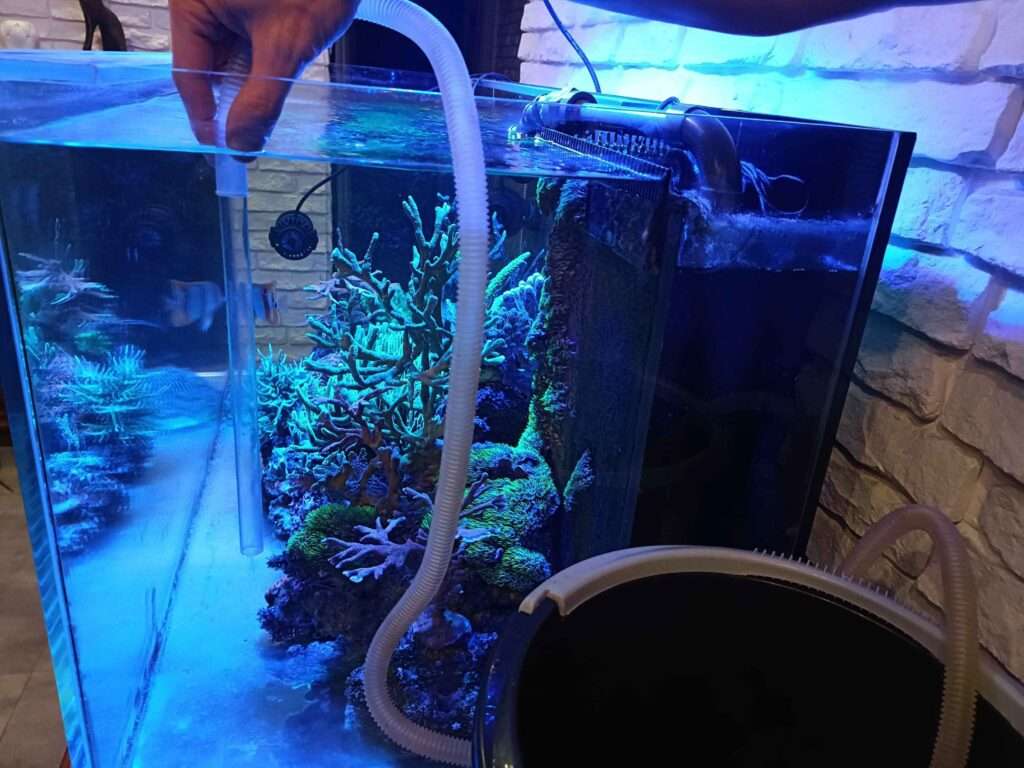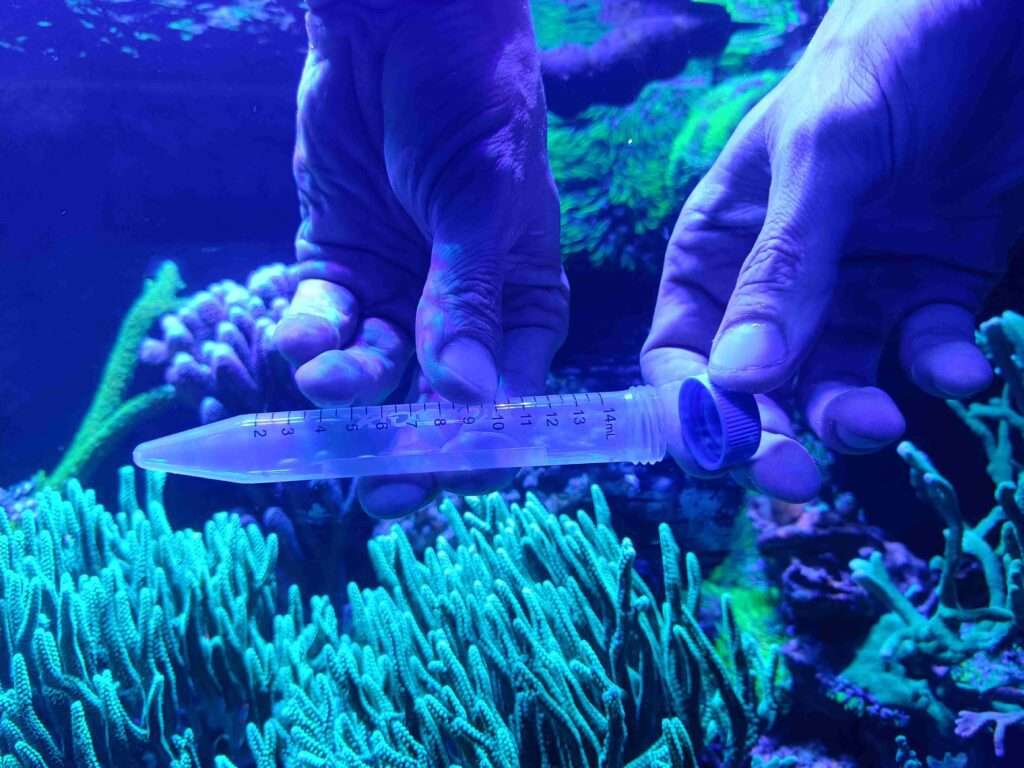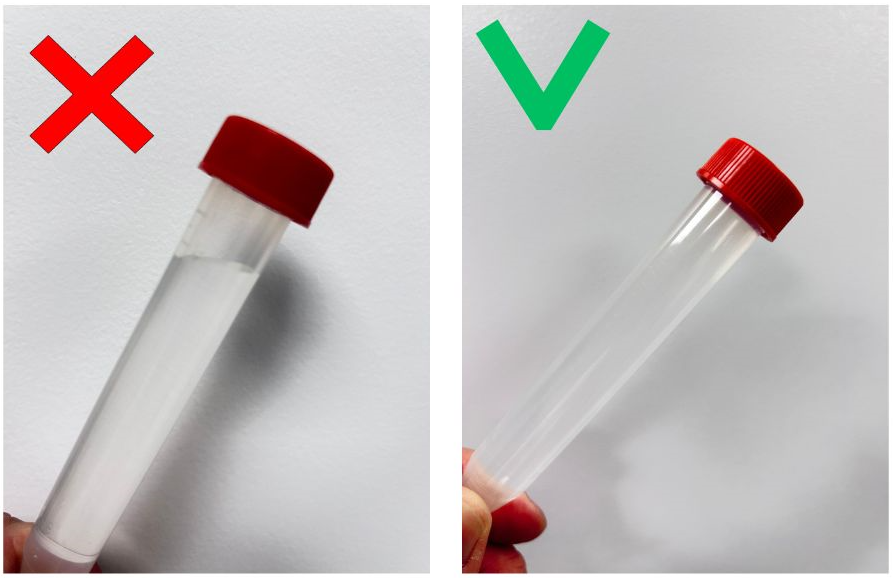Properly collecting water for ICP-OES testing – how to do it?

Table of Contents
Water collection for ICP-OES – general information
Inductively coupled plasma optical emission spectrometry (ICP-OES) is a highly accurate tool for seawater analysis. It provides valuable information about the condition of an aquarium’s ecosystem. These results help aquarists address potential issues in their systems.
Moreover, ICP-OES testing requires high sensitivity and precision. Proper water collection is crucial for accurate results. Chemists often stress that sample collection significantly affects the reliability of the analysis. In this article, we will give tips on collecting water samples correctly. This ensures the lab results reflect the tank’s real condition.
When to collect a water sample for ICP-OES testing?
If you performed maintenance or water changes, it is important to wait at least 12 hours before collecting a water sample. Only after this time can you collect a sample for ICP-OES testing. Additionally, cleaning the aquarium or equipment can temporarily raise the concentration of some elements. In a similar way, introducing new organisms or rearranging the layout can also increase element concentrations. This increase is often caused by disturbing sediments or using adhesives in the aquarium. However, this condition is temporary and won’t reflect the actual water quality.
Further, after feeding or adding supplements, it is recommended to wait at least 2 hours before sampling. This waiting period allows the water to mix evenly and ensures proper distribution of supplements and substances from the food.

How to properly collect a water sample for ICP-OES testing from a marine aquarium?
- Firstly, always try to collect water for ICP-OES testing from the same location.
- Secondly, open the vial.
- Wash the vial and cap three times in aquarium water (remember not to touch the inside of the cap with your fingers).
- Submerge the vial and cap under the water surface.
- Holding the cap and vial under the water, screw it closed – this way, you will avoid collecting impurities present on the surface of the water (such as a protein film).

- The vial should be full so that there is no air inside – this ensures greater chemical stability of the sample.

Information necessary for proper interpretation of results
Remember that recommendation effectiveness depends on the information you provide about your aquarium. The most common mistake is stating the “gross” tank volume, which is based on external dimensions. To calculate supplement dosages correctly, you must use the net volume. The net volume is the actual water amount, considering the rock, tank fill level, and sump water.
Most common mistakes when collecting a water sample for ICP-OES testing from a marine aquarium?
- Performing maintenance tasks like water changes, sediment removal, or reattaching rocks or corals just before collecting the water sample for ICP-OES testing.
- Feeding the livestock or adding supplements just before collecting the sample.
- Using hand cosmetics right before collecting the sample (this is especially important due to the high zinc content in hand creams and lotions).
- Directly touching the inside of the vial or cap.
- Collecting a sample along with sediment.
- Leaving air in the vial with the water sample.
Summary
To sum up, ICP-OES testing is a powerful tool for creating proper conditions in an aquarium. The most common mistake is stating the “gross” tank volume, which is based on its external dimensions. To correctly calculate supplement dosages, you must use the net volume. The net volume is the actual amount of water in the tank, taking into account the rocks, tank fill level, and water in the sump.
Finally, ICP-OES1 and ICP-OES2 tests are presented on our website https://reeffactory.com.


